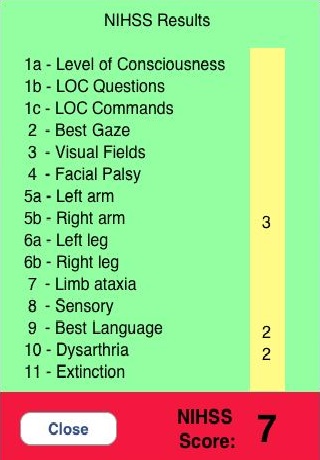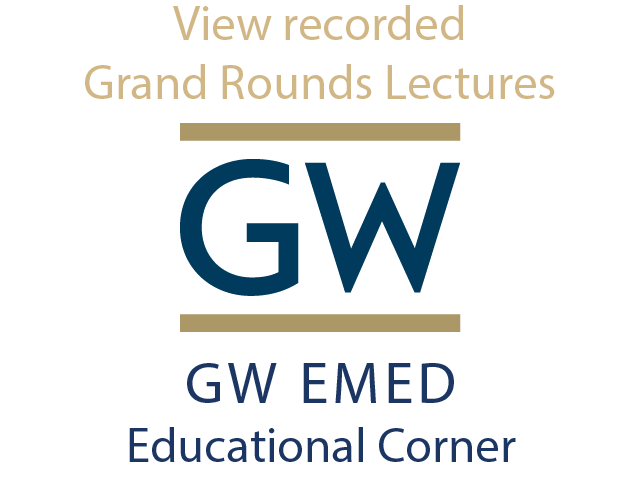|
The NIH stroke scale it used to identify the severity of stroke like symptoms, and should be scored on the patient's initial presentation, without coaching or duplication. It is important to be consistent when scoring all patients, and identify all deficits. NIH stroke scale scores patients 0-42, with higher scores indicating increased severity. Training for appropriate use of the NIH stroke scale is free, at http://nihss-english.trainingcampus.net/ iPhone applications, such as StatCoder, are available and free. Level of Consciousness
Best Gaze
Visual Testing
Facial Palsy
Motor Arms
Motor Legs
Limb Ataxia
Sensory Testing
Best Language
Dysarthria
Extinction & Inattention
1 Comment
11/28/2022 07:37:37 am
I liked it the most when you shared that we should identify first if the patient is unresponsive. My friend wants to know more about the NIHSS stroke scale. I think he should take a program that provides the tools and education to become certified with the NIHSS stroke scale.
Reply
Leave a Reply. |
Categories
Archive
February 2018
Please read our Terms of Use.
|

